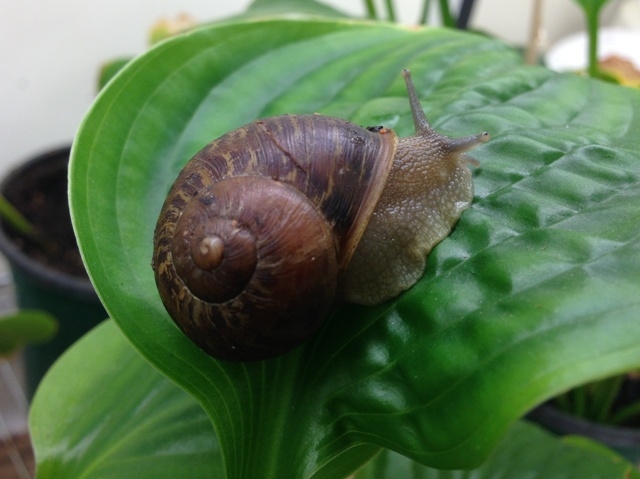
Approximately 280 species of snails and slugs are found in California; 242 are thought to be native. The vast majority of the native species are not considered to be pests of nurseries or other production systems.
The most damaging snails and slugs are those that have been accidentally or purposely introduced from areas outside of the US. Most of California's pest gastropods are European species.
Other news:
The Chico News & Review published a profile of local UC ANR Cooperative Extension farm advsior Dani Lightle. Lightle works with Glenn County growers of walnuts, almonds, prunes, olives, pistachios, pecans and fruit. “Basically, if it grows on a tree, it comes my way,” said Lightle, referring to the calls she receives at her Orland office. The article provided background information about UC Cooperative Extension and ANR. "The system's purpose was to be a bridge between public universities and the general public," the article says.
The news website Ensia.com reported on research underway in Northern California on the role of bats in orchard pest control. An intern, under the guidance of UC ANR farm advisor Rachael Long, is comparing orchards with nearby bat boxes with orchards that do not have the convenient dwellings for the flying rodents. "If you increase diversity by relying on insects, bats, raptors, etc., you help strengthen your farming system," Long said.